| Structure | Name/CAS No. | Articles |
|---|---|---|
 |
sodium carbonate
CAS:497-19-8 |
|
 |
Chloroform
CAS:67-66-3 |
|
 |
Ethanol
CAS:64-17-5 |
|
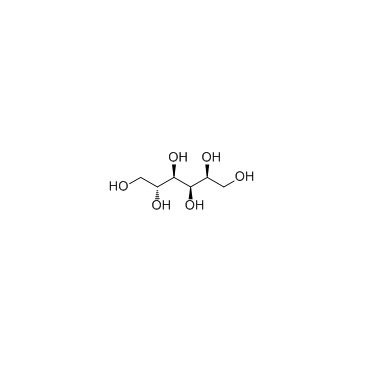 |
Sorbitol
CAS:50-70-4 |
|
 |
Methanol
CAS:67-56-1 |
|
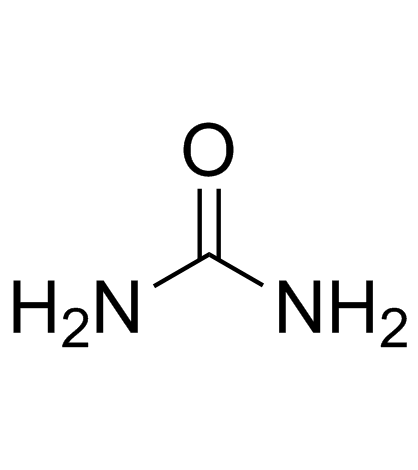 |
Urea
CAS:57-13-6 |
|
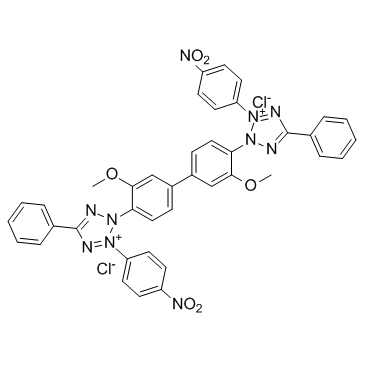 |
NBT
CAS:298-83-9 |
|
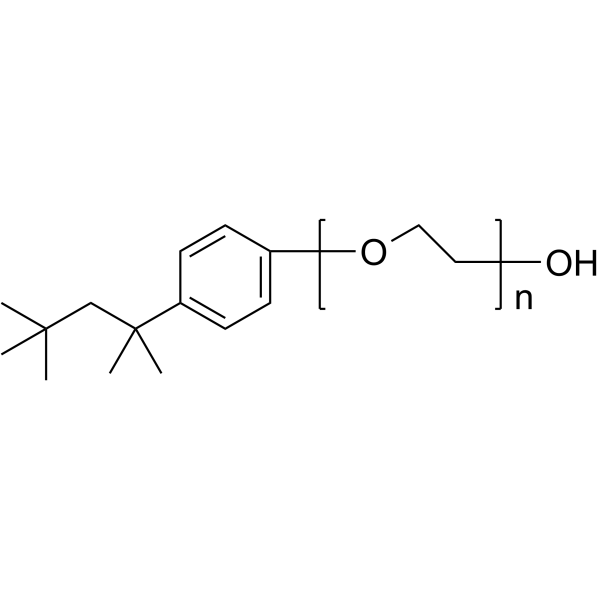 |
Triton X-100
CAS:9002-93-1 |
|
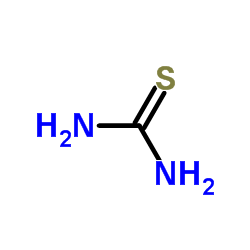 |
Thiourea
CAS:62-56-6 |
|
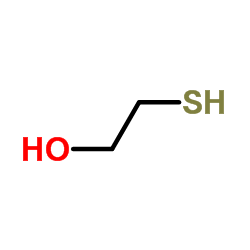 |
mercaptoethanol
CAS:60-24-2 |